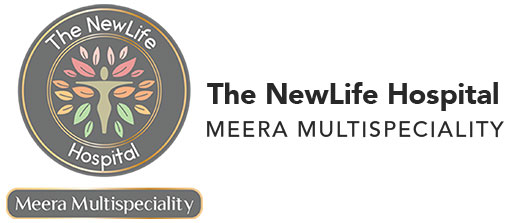
Overview
An incisional hernia occurs when there is a protrusion of tissue that develops at the location of a healing wound or scar. This type of disease is responsible for 15 to 20% of all abdominal hernias. They usually occur at the front of the abdomen. They are considered to be a type of ventral hernia.
Incisional hernias are less severe as compared to other types because in most cases, only the abdominal lining protrudes. However, you cannot heal it at home and there is a requirement of surgery for repair. People who have had abdominal surgeries due to other reasons previously are at a higher risk of experiencing incisional hernia. They are more vulnerable during the first three to six months after the completion of surgery when the tissues are in the process of healing. Strenuous activity, weight gain, or pregnancy lead to a lot of stress and can affect the healing progress.
Incisional hernia Symptoms
The foremost symptom of incisional hernia is that you can notice a bulge near the site of the incision. It is even more prominent when the concerned muscle experiences some sort of stress or strain which are most likely to happen when working out, lifting something, standing up, or coughing.
Other symptoms include-
- Nausea
- vomiting
- fever and high temperatures
- burning near the hernia
- pain near the hernia
- abdominal discomfort and pain primarily around the area of the incision
- faster Heartbeat as compared to the usual cycle
- constipation
- stool problems
- diarrhea
What are the causes of incisional hernia?
The following are incisional hernia causes that lead to the weakening of the muscles-
- Exerting a lot of pressure or straining your abdomen
- pregnancy before the healing of the cut
- getting back to physical routines or workout very soon after completion of the surgery
The surgery for any abdominal cut needs to be performed very well and if the wound is not aligned after the completion of the surgery, the healing procedure might not go very well and increase the risk of formation of a hernia. This can also happen due to the use of sewing techniques to seal the cut or incision.
Risk factors of incisional hernia
Some habits or practices can enhance the chances of incisional hernia including-
- obesity
- wound infection
- consumption of certain medications such as immunosuppressant drugs or steroids
- smoking
- existing health issues in the form of diabetes, lung disease, or renal failure
- pregnancy
- carrying out training and premature activity very soon after surgery such as workouts or physical activities
- presence of a scar in the middle of the abdomen
- older age
Even if any of the above-mentioned risk factors are absent, you can still develop an incisional hernia if you are not following the medical guidelines after surgery for recovery. Even after going through the recovery phase, try to avoid heavy exercises and workouts for a recommended amount of time.
Treatment of incisional hernia

Incisional hernia treatment varies depending upon the composition and overall health of every individual. Doctors need to understand if the incisional hernia has affected any previous surgery in the abdomen and there might be a requirement to repair the original surgery before treating it. Surgery is not compulsory in the process of treatment and is only recommended when the hernia is severe.
- Open surgery
This process suggests what is done in the name itself: Doctors cut open the abdomen and push the protruding tissue back into its place; they might place a mesh in the weakened area to regain its strength and reduce the risk of recurrence.
- Laparoscopic surgery
Laparoscopic surgery also known as keyhole surgery is a procedure where doctors make several small cuts in the abdomen and insert a tube with a camera that has been attached at the end. They have a detailed look inside the abdomen and then carry on the surgery without cutting it open.
Incisional hernias aren’t a major concern, but if you find any visible changes or symptoms, make sure to consult a doctor and opt for early treatment. If you have had surgery, make sure to monitor the area regularly and avoid any future complications. Mesh patches help people to avoid recurrence of hernias.
Laparoscopic or keyhole surgeries are less invasive and help in faster recovery as compared to open surgery. Avoiding heavy workouts will help in the process of healing.
The New Life Hospital Meera multispecialty has been performing surgeries to treat an incisional hernia. They have a team of doctors who have years of experience and will help you towards recovery. The mission of the hospital is to provide top Medical Services to clients and help them in healing. They provide consultation and treatment from Maternity to all multispeciality care.
